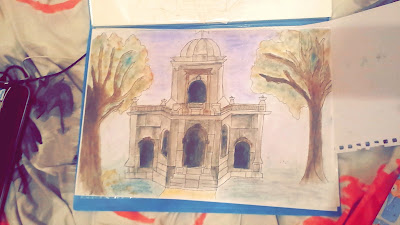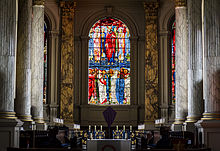Victorian Furniture
Victorian Furniture History (Mahogany, Burr Walnut, Rosewood, Ebony 1830-1901)
Victorian furniture is popular today, probably due to it’s
accessibility more than the aesthetics. There was plenty of furniture
made due to the change in history of methods of manufacture, the machine
had taken over and was able to produce mass amounts of
Victorian furniture to satisfy the vast demand by the middle class people that desired it.
Furniture history changed forever through the Victorian period. It
became desirable to have a home laden with furniture to show your status
to your peers.
Throughout history Queen Victoria identified herself with the middle
class. Therefore the furniture of this period was made for an
ever-increasing middle class population.
 Chesterfield c.1885
Chesterfield c.1885
Many people moved from the country into the cities and like the Elizabeth period,
these people demanded that they be wealthy as well as look wealthy,
creating more new customers. Large families and lavish entertainment
produced a greater need for furniture. Rooms had to be crowded with
furniture.
The early part of this period saw machines beginning to replace hand labour, the beginning of the industrial age.
This period created a large gap between the designer and the craftsmen.
The factories had changed, the designers no longer had direct contact
with the customer. The demand for furniture was high, the factories were
manufacturing at a fast pace, and a frantic rush for the designers to
keep ahead of each other created poor quality design.
The new machines were introduced to take away from man the back
braking jobs and speed up manufacture. They soon began to take over most
of the work and the furniture started to be designed around what the
machine could make, therefore the quality of design declined. At this
stage circular saws, planers and band saws were introduced. Many
machines were horse driven, water driven or even man powered.
 Smoker’s Bow c 1840
Smoker’s Bow c 1840
The clean Grecian lines of the
Regency period
were out of favour by 1835 and everyone wanted furniture that was
showier with plenty of curves. This showier furniture after 1850 led to
low prices and poor construction and workmanship that was often hidden
by veneer and applied ornament.
William Morris started a rebellion against this trend, founding a
company to demonstrate the superiority of quality handmade furniture.
Honesty of the hand made joints was his feature of construction. This
lead to the Arts and Crafts Movement on the 1880’s leading on to
Art Nouveau.
This drew attention to the merits of 18th Century furniture and led to
the practice of purchasing second hand furniture and the antique shop
began.
Overall the Victorian period saw the introduction of labor saving
machinery which was misused due to high demand which caused a serious
deterioration in design and construction.
Features of Victorian Furniture
Cumbersome furniture, dust catching carving.
Buttoned upholstery – armchairs frequently with low arms scrolled at the front.
Balloon back chairs and spoon back.
Thonet’s steam bent chair.
Abbotsford Chair inspired from Charles II era (Restoration)
Ladies easy chairs without arms because the vastness of the skirts.
Chesterfield – fat layer of well sprung upholstery named after the Earl of Chesterfield.
Later Victorian easy chairs removed the fully upholstered arms to
help lighten up the appearance. Sometimes had a small drawer fitted in
the front to hold a spittoon.

http://styles-and-periods.interiordezine.com/furniture-history/victorian-furniture/






























 http://styles-and-periods.interiordezine.com/furniture-history/victorian-furniture/
http://styles-and-periods.interiordezine.com/furniture-history/victorian-furniture/